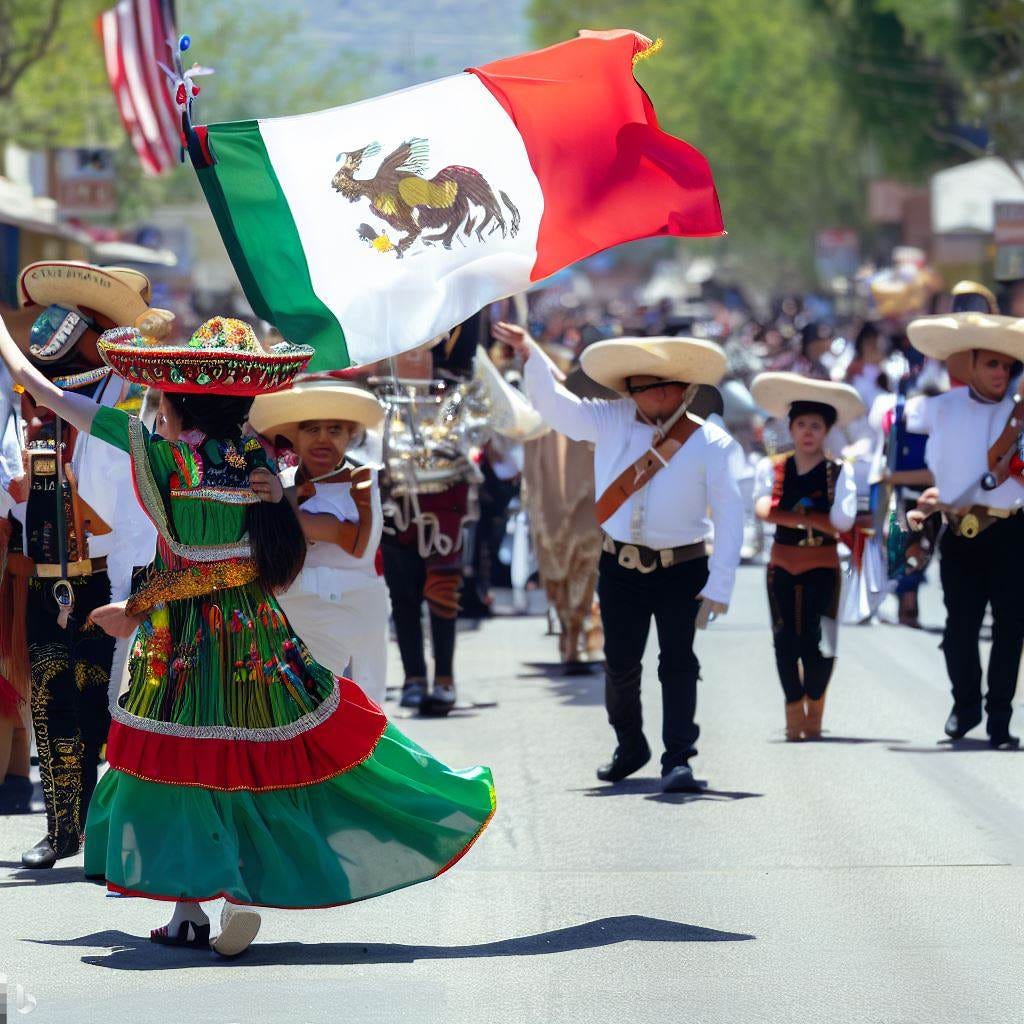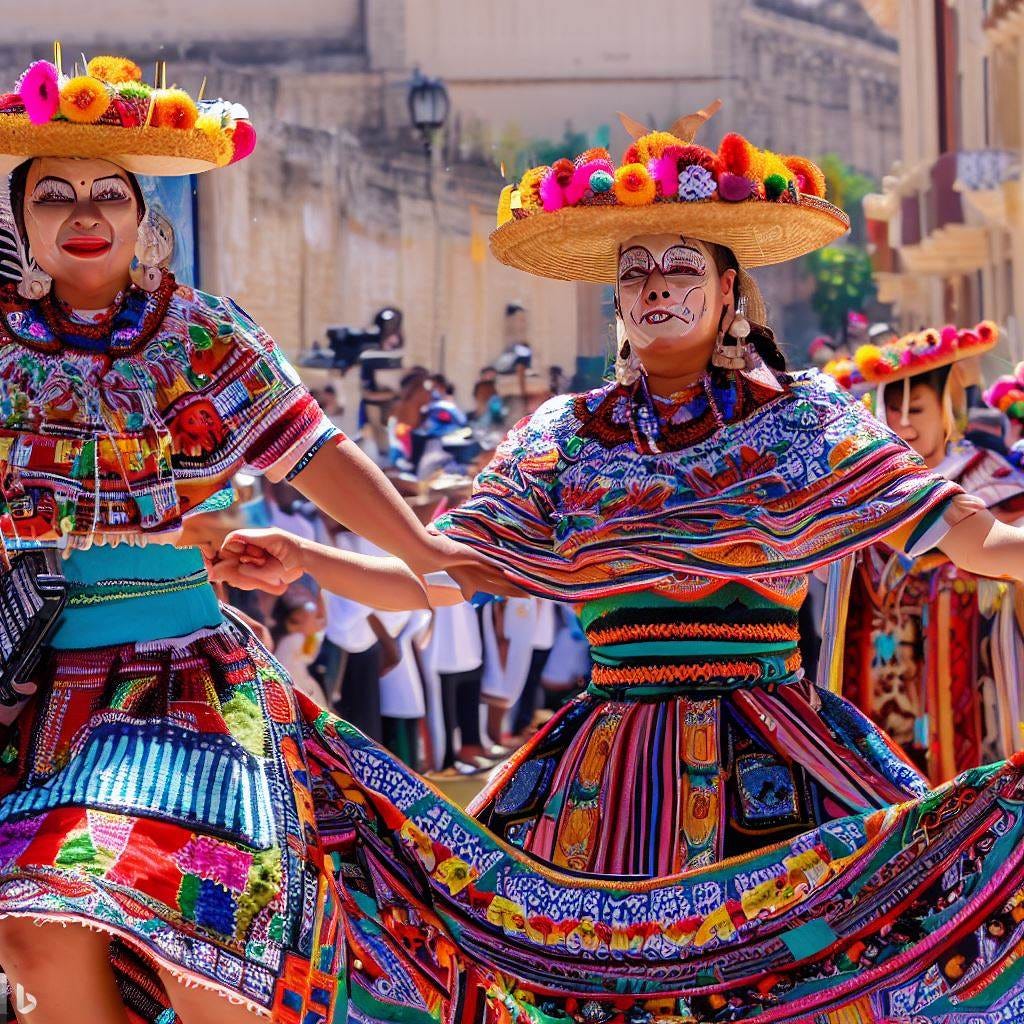Mexico is a treasure trove of vibrant indigenous festivals, each bursting with rich cultural heritage. From the awe-inspiring Day of the Dead celebrations to the exuberant Guelaguetza festival, these traditional events offer a window into the heart and soul of Mexico’s indigenous communities. Step into a world filled with captivating dances, intricate costumes, and ancient rituals as you immerse yourself in the colorful tapestry of these unforgettable festivals. Embark on an enchanting journey to explore the captivating traditions and deep-rooted spirituality that characterize Mexico’s indigenous festivals.
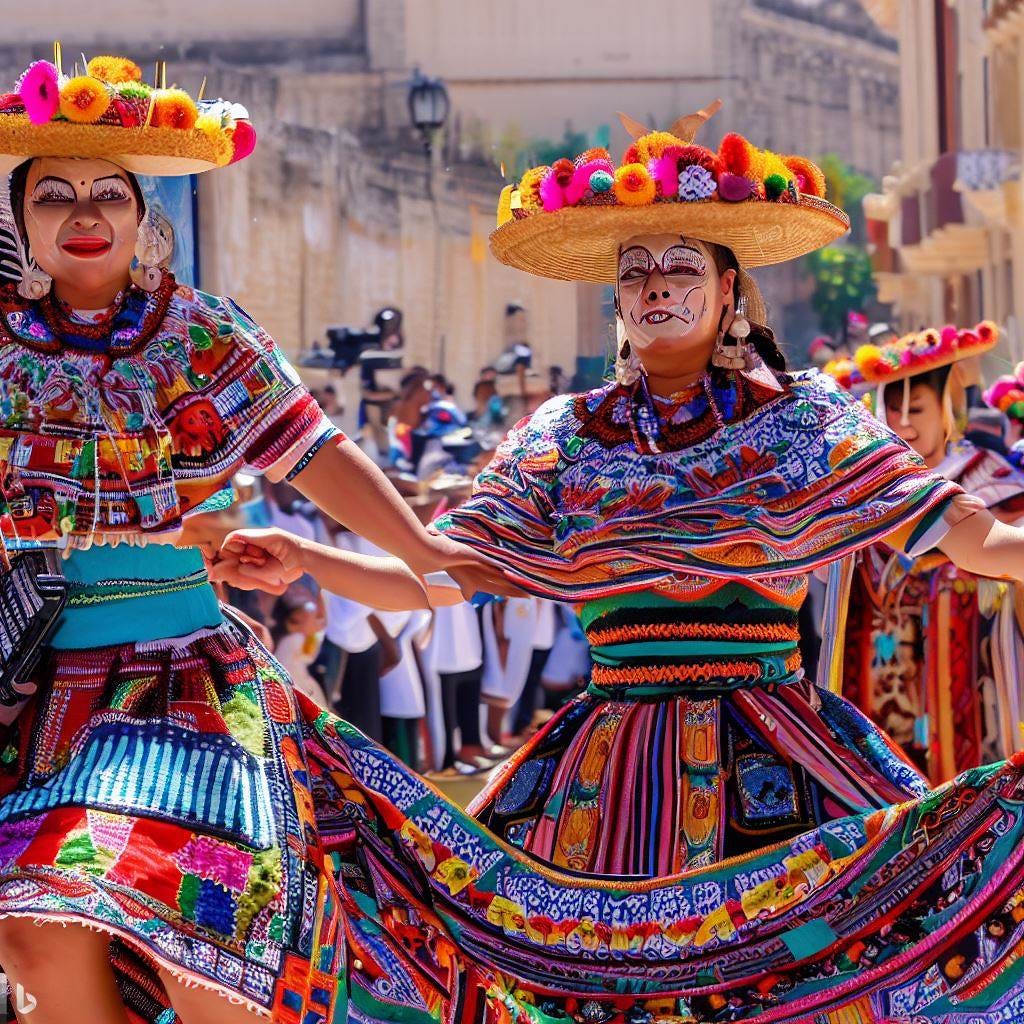
Heading 1: The Significance of Indigenous Festivals in Mexico
Indigenous festivals in Mexico hold great significance as they play a crucial role in preserving cultural heritage, connecting to ancient traditions, and celebrating indigenous identity. These vibrant celebrations showcase the country’s diverse indigenous communities and provide a platform for them to express their unique customs, rituals, music, dance, art, and culinary traditions.
Subheading 1: Preserving Cultural Heritage
One of the key aspects of indigenous festivals in Mexico is the preservation of cultural heritage. These festivities serve as a means to pass down ancestral knowledge, customs, and traditional practices from one generation to the next. Through elaborate rituals, performances, and ceremonies, indigenous communities can keep their cultural heritage alive and ensure that their traditions are not forgotten.
Subheading 2: Connection to Ancient Traditions
Indigenous festivals in Mexico have deep roots in ancient traditions that date back centuries or even millennia. These celebrations are a testament to the enduring nature of indigenous cultures and their ability to maintain a connection with their ancestors. Through traditional music, dance, and rituals, participants and spectators alike can experience a sense of timelessness and immerse themselves in the rich history of Mexico’s indigenous peoples.
Subheading 3: Celebration of Indigenous Identity
Indigenous festivals are also an opportunity for communities to celebrate and assert their indigenous identity. These events provide a space where indigenous people can come together to honor their shared heritage, language, and customs. The festivals serve as a source of pride and empowerment, fostering a sense of belonging and unity among indigenous communities across Mexico.
Heading 2: Major Indigenous Festivals in Mexico
Mexico is home to a plethora of major indigenous festivals that highlight the cultural richness and diversity of the country. From the iconic Day of the Dead (Dia de los Muertos) to the Guelaguetza Festival, here are some of the most prominent indigenous festivals in Mexico:
Subheading 1: Day of the Dead (Dia de los Muertos)
Arguably the most renowned indigenous festival in Mexico, the Day of the Dead is a captivating celebration that honors deceased loved ones. People create elaborate altars adorned with marigolds, candles, photographs, and the favorite foods and beverages of the departed. The festival combines indigenous beliefs with Catholic traditions, resulting in a unique and vibrant commemoration of life and death.
Subheading 2: Guelaguetza Festival
Originating from the Zapotec and Mixtec cultures of Oaxaca, the Guelaguetza Festival is a dazzling display of music, dance, and traditional attire. Held annually in July, the festival attracts visitors from around the world who come to witness the stunning performances and immerse themselves in the vibrant culture of the indigenous communities of Oaxaca.
Subheading 3: Huichol Deer Dance (Mara’akame)
The Huichol Deer Dance, also known as Mara’akame, is a sacred ritual performed by the Huichol people of the Sierra Madre Mountains. During the ceremony, dancers emulate the movements of deer, believed to be a sacred animal in Huichol mythology. The intricate dance steps, colorful costumes, and pulsating music transport participants and spectators into a spiritual realm.
Subheading 4: Danza de los Voladores (Dance of the Flyers)
The Danza de los Voladores, or the Dance of the Flyers, showcases the awe-inspiring bravery and skill of the Totonac people. This ancient Mesoamerican ritual involves performers climbing a tall pole and then descending by spinning around it while attached to ropes. The ritual is believed to be a prayer for a bountiful harvest and a way to communicate with the gods.
Subheading 5: Fiesta de la Santa Cruz (Feast of the Holy Cross)
Celebrated mainly in the state of Veracruz, the Fiesta de la Santa Cruz is a unique blend of indigenous and Catholic traditions. The festival centers around the construction of large crosses adorned with flowers, ribbons, and other decorations. Dance performances, parades, and religious processions further enliven the festivities, creating a joyful atmosphere.
Subheading 6: Feria Nacional de la Cultura Rural, Indigena y Popular (National Fair of Rural, Indigenous, and Popular Culture)
The Feria Nacional de la Cultura Rural, Indigena y Popular is a significant event that brings together indigenous communities from all over Mexico. Held in Mexico City, this fair aims to promote and celebrate the diversity of indigenous cultures through various activities such as traditional music performances, art exhibitions, culinary showcases, and craft demonstrations.
Subheading 7: Son Jarocho Music Festival
The Son Jarocho Music Festival, held in Veracruz, is dedicated to the vibrant and rhythmic music style of the same name. This traditional folk genre combines indigenous, Spanish, and African influences, creating a unique and lively sound. The festival features performances by talented musicians, workshops, and community gatherings, allowing participants to immerse themselves in the spirited atmosphere of the region.
Subheading 8: Carnaval de Huejotzingo
Carnaval de Huejotzingo is a boisterous carnival celebrated in the town of Huejotzingo, Puebla. This festival blends indigenous traditions with Catholic customs, resulting in a colorful and energetic celebration that includes parades, street performances, traditional dance, and music. Elaborate costumes and masks are a hallmark of this carnival, adding to its theatrical and festive ambiance.
Subheading 9: Carnaval de Chiapa de Corzo
The Carnaval de Chiapa de Corzo is another prominent carnival celebrated in Chiapas. Recognized as a UNESCO Intangible Cultural Heritage of Humanity, this festival combines Pre-Hispanic and Catholic influences. Participants dress in elaborate costumes and masks, and parades featuring vibrant floats and traditional music fill the streets. The highlight of the festival is the Danza de los Parachicos, where dancers adorned in colorful attire move to the beat of drums and maracas.
Subheading 10: La Callejoneada (The Street Procession)
La Callejoneada, a traditional street procession, is celebrated in various cities and towns across Mexico. This event typically takes place during weddings or important celebrations and involves a lively parade led by a band of musicians. Participants, often dressed in traditional attire, follow the band as they roam through the streets, spreading joy and celebration. The Callejoneada is a cherished tradition that showcases the vibrant spirit of Mexican culture.
Heading 3: Regional Indigenous Festivals
In addition to the major indigenous festivals, Mexico is also home to numerous regional celebrations that provide a deeper exploration of local cultures and traditions. Here are a few notable regional indigenous festivals:
Subheading 1: Corpus Christi Celebration in Tlaxcala
Tlaxcala’s Corpus Christi Celebration is a fascinating blend of indigenous and Catholic traditions. The festival features a captivating procession where participants dress in vibrant traditional costumes and carry intricate flower carpets known as “tapetes.” This colorful display of devotion and artistic talent highlights the rich cultural heritage of the region.
Subheading 2: La Huamantlada in Huamantla
La Huamantlada is an exhilarating event held in Huamantla, Tlaxcala, where brave participants run through the streets while being chased by bulls. This adrenaline-fueled festival originated from the ancient tradition of herding bulls, and today it attracts both locals and tourists who are eager to witness this thrilling spectacle.
Subheading 3: Pastorelas in Mexico City
Pastorelas are traditional theatrical performances held during the Christmas season in Mexico City. These delightful plays retell the biblical story of the shepherds’ journey to witness the birth of Jesus, often incorporating elements of satire and comedy. The performances are typically accompanied by lively music and dance, making them an enjoyable and entertaining experience for all.
Subheading 4: La Judea in San Luis Potosi
La Judea is a unique reenactment of the Passion of the Christ, celebrated mainly in San Luis Potosi. This theatrical representation takes place on Good Friday and involves local residents dressing up as biblical characters and acting out various scenes from the crucifixion. The event is a testament to the deep religious devotion and cultural heritage of the region.
Subheading 5: Niños Santos in Oaxaca
Niños Santos is a traditional celebration held in Oaxaca, dedicated to the veneration of child saints. The festival combines indigenous and Catholic elements, with participants dressing up in colorful costumes and masks to represent different saints. The festivities include processions, dances, and music, creating a jubilant atmosphere that showcases the cultural diversity of the region.
Heading 4: Indigenous Art and Crafts at Festivals
Indigenous festivals in Mexico offer a wonderful opportunity to explore and appreciate the rich artistry and craftsmanship of indigenous communities. Here are some notable art and craft forms that take center stage at these festivals:
Subheading 1: Intricate Textiles and Weavings
Indigenous communities are renowned for their intricate textiles and weavings, which often incorporate traditional designs and vibrant colors. Festivals provide a platform for artisans to showcase their creations, including beautifully handwoven fabrics, embroidered garments, and intricately crafted tapestries. These textiles are not only visually captivating but also showcase the mastery of indigenous weaving techniques that have been passed down through generations.
Subheading 2: Traditional Pottery and Ceramics
Pottery and ceramics are another integral part of indigenous art and craft traditions in Mexico. These exquisite pieces often feature intricate designs and patterns that reflect the cultural identity and mythology of the indigenous communities. From intricately painted clay figurines to intricately crafted clay jars, these pottery and ceramic works are a testament to the skill and creativity of indigenous artisans, and festivals provide an avenue for them to showcase their talents.
Subheading 3: Colorful Folk Art and Paintings
Mexican folk art, with its bold colors and lively imagery, is an important part of the country’s art scene and is prominently featured at indigenous festivals. From vibrant paintings and murals depicting indigenous life and folklore to whimsical sculptures and wooden carvings, festivals provide a platform for folk artists to share their unique perspectives and showcase their creative endeavors.
Subheading 4: Handcrafted Jewelry and Accessories
Indigenous festivals in Mexico also offer a chance to admire and acquire exquisite handcrafted jewelry and accessories. Artisans skillfully create intricate pieces using methods that have been passed down through generations. Jewelry made from materials such as silver, beads, feathers, and semi-precious stones often incorporate indigenous symbols and designs, making them beautiful representations of indigenous culture and craftsmanship.
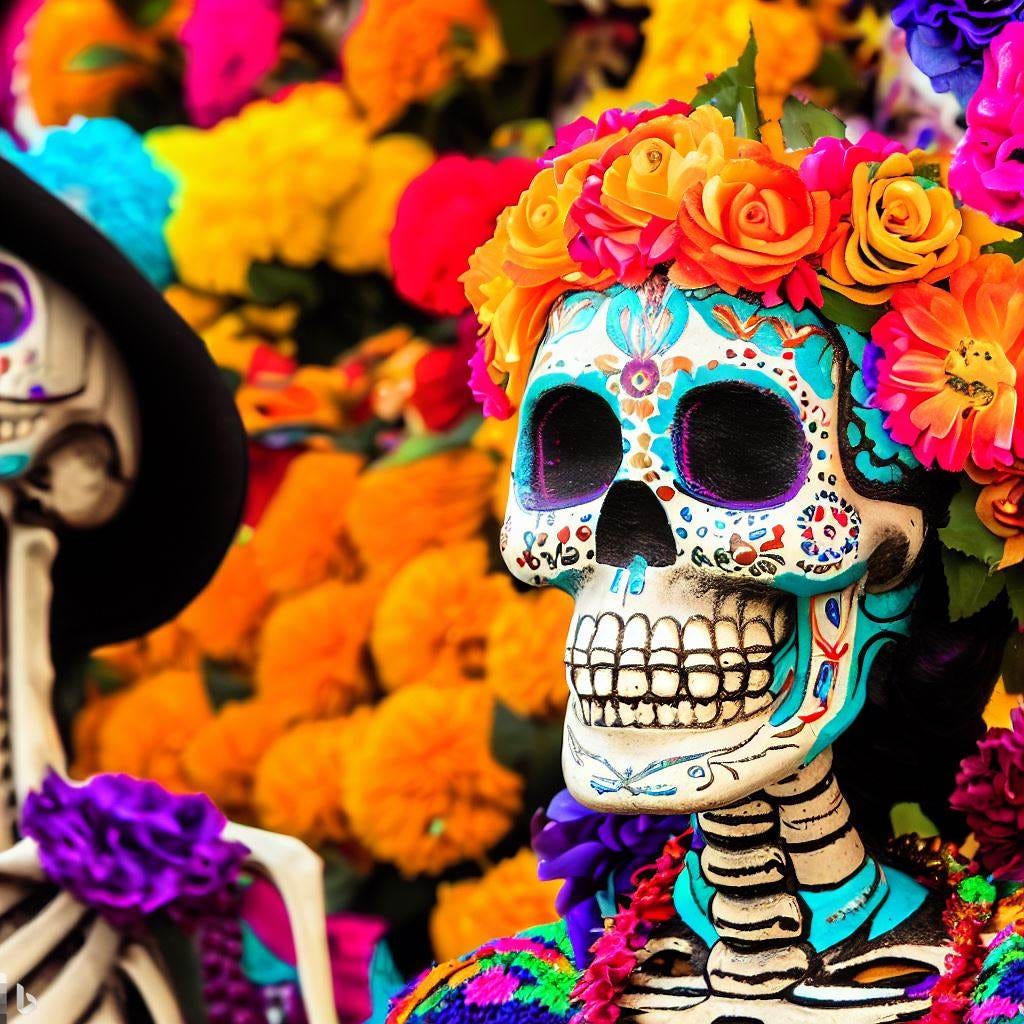
Heading 5: Traditional Music and Dance Performances
Music and dance form an integral part of indigenous festivals in Mexico. These performances are not only a source of entertainment but also serve as a means to express cultural identity, spirituality, and historical narratives. Here are some noteworthy traditional music and dance forms showcased at these festivals:
Subheading 1: Marimba Music of Chiapas
The marimba is a distinctive musical instrument that holds significant cultural importance in Chiapas, and its music is a staple at indigenous festivals. The mesmerizing sound of the marimba, combined with energetic dance performances, creates an atmosphere of joy and celebration. The music serves as a unifying force that brings communities together, and its vibrant rhythms and melodies are a reflection of the region’s rich cultural heritage.
Subheading 2: Jarabe Tapatío (Mexican Hat Dance)
The Jarabe Tapatío, also known as the Mexican Hat Dance, is an iconic dance that has become synonymous with Mexican culture. This lively dance, accompanied by traditional Mexican music, involves intricate footwork and impressive acrobatics. The Jarabe Tapatio is often performed at indigenous festivals, where it showcases the country’s vibrant dance traditions and serves as a symbol of national pride.
Subheading 3: Traditional Indigenous Instruments
Indigenous festivals in Mexico offer a unique opportunity to experience traditional indigenous instruments, many of which have deep historical and spiritual significance. These instruments include the haunting sounds of the conch shell, the rhythmic beats of drums and rattles, and the melodic tones of flutes and panpipes. The performances of these instruments transport participants and spectators to a different time and place, allowing them to connect with the ancient traditions of Mexico’s indigenous peoples.
Subheading 4: Ritualistic Dances and Performances
Indigenous festivals frequently feature ritualistic dances and performances that provide a window into the spiritual beliefs and practices of indigenous communities. These dances often depict ancient myths and legends, and the performers play various roles, including gods, spirits, and animals. These ritualistic dances allow participants and spectators to witness and engage with sacred traditions, fostering a deeper understanding and appreciation of indigenous cultures.
Heading 6: Culinary Delights and Traditional Cuisine
Indigenous festivals in Mexico are a feast for the senses, and culinary delights play a central role in these celebrations. Traditional cuisine is a reflection of a region’s history, culture, and natural resources, and festivals provide an opportunity to savor the diverse flavors and ingredients that define indigenous cooking. Here are some notable culinary aspects of indigenous festivals:
Subheading 1: Mole and Tamales
Mole, a rich and complex sauce made from a blend of chili peppers, spices, nuts, and chocolate, is considered a staple of Mexican cuisine. Indigenous festivals often feature various types of mole that showcase regional variations and family recipes passed down through generations. Another beloved dish is tamales, which are made from masa (corn dough) filled with a variety of savory or sweet fillings and wrapped in corn husks or banana leaves. Both mole and tamales are iconic culinary delights at indigenous festivals, providing a taste of authentic Mexican cuisine.
Subheading 2: Preparing Traditional Beverages
Indigenous festivals in Mexico are an opportunity to learn about and taste traditional beverages that have been enjoyed for centuries. These beverages, often made from natural ingredients such as corn, cacao, fruit, and herbs, offer a refreshing and delicious way to experience the flavors of indigenous communities. From atole, a warm and comforting corn-based drink, to tejate, a refreshing and frothy mixture of cocoa, maize, and other ingredients, traditional beverages are an integral part of the culinary experience at these festivals.
Subheading 3: Indigenous Ingredients and Flavors
Indigenous festivals provide a platform to explore the diverse range of indigenous ingredients and flavors that contribute to Mexican cuisine. From native chili peppers, such as the smoky chipotle or the fiery habanero, to unique herbs and vegetables like epazote and quelites, these ingredients add depth and complexity to dishes. Indigenous festivals offer a chance to taste traditional dishes prepared with locally sourced ingredients, allowing participants to appreciate the culinary heritage of Mexico’s indigenous communities.
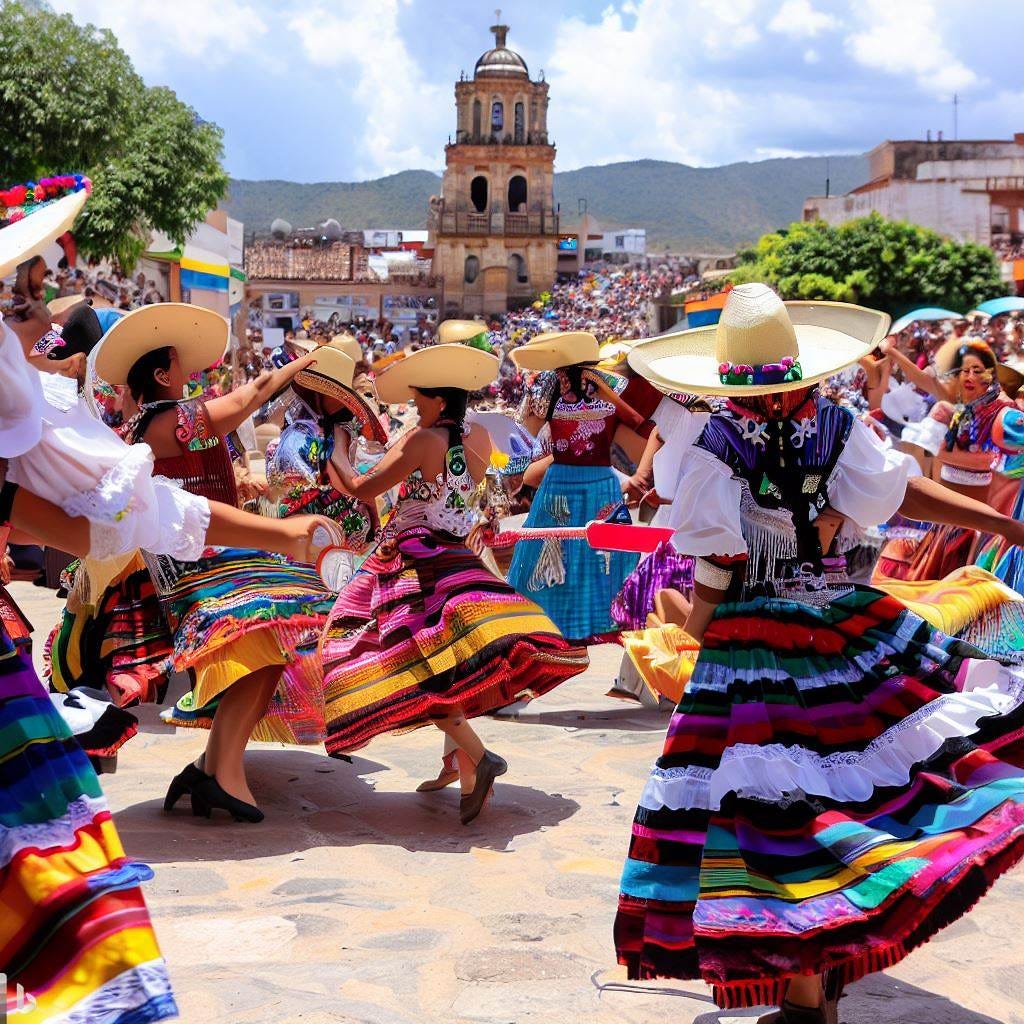
Heading 7: Preparations and Rituals Leading up to Festivals
Indigenous festivals are the culmination of extensive preparations and rituals that go beyond the days of celebration themselves. These preparations involve intricate costumes and attire, artistic makeup and body paint, as well as spiritual cleansing and purification rites. Here are some key aspects of the preparations and rituals leading up to festivals:
Subheading 1: Creating Elaborate Costumes and Attire
Indigenous festivals are known for their vibrant and elaborate costumes and attire, which often incorporate traditional designs, textiles, and accessories. These costumes are meticulously crafted by skilled artisans and require hours or even days of work. Participants take great pride in wearing these costumes, as they not only reflect the cultural identity of their respective communities but also add to the visual spectacle of the festivals.
Subheading 2: Artistic Makeup and Body Paint
Artistic makeup and body paint are an essential part of indigenous festivals, as they help participants transform into characters or symbols that hold cultural or spiritual significance. Elaborate face painting, ornate tattoos, and intricate body designs are created using natural pigments, as they not only enhance the visual aesthetics but also serve as a means of self-expression and spiritual connection.
Subheading 3: Spiritual Cleansing and Purification Rites
Before participating in festivals, individuals often undergo spiritual cleansing and purification rituals to ensure they are spiritually prepared. These rites typically involve offerings, prayers, and the use of ceremonial smoke or baths, depending on the specific traditions of each indigenous community. Spiritual cleansing is a sacred practice that allows individuals to connect with their ancestral spirits, receive blessings, and ensure their presence is pure during the festivals.
Heading 8: Famous Indigenous Festivals Celebrated Nationwide
Some indigenous festivals in Mexico are renowned nationwide and attract visitors from all over the world. These festivals not only celebrate indigenous culture but also promote cultural exchange and tourism. Here are a few famous indigenous festivals celebrated in various parts of Mexico:
Subheading 1: Cervantino Festival in Guanajuato
The Cervantino Festival, held in Guanajuato, celebrates the arts and culture of Mexico and beyond. While the festival is not solely dedicated to indigenous culture, it often includes performances, exhibitions, and workshops showcasing the artistic expressions of indigenous communities. The Cervantino Festival is a testament to the vibrant cultural scene in Mexico and the strong influence of indigenous traditions on contemporary artistic endeavors.
Subheading 2: Feria de San Marcos in Aguascalientes
The Feria de San Marcos, celebrated in Aguascalientes, is one of Mexico’s largest and most famous fairs. While not exclusively an indigenous festival, the fair incorporates indigenous elements into its celebrations, such as traditional music, dance, and artisanal crafts. The Feria de San Marcos presents an opportunity for locals and visitors to experience the rich cultural heritage of Mexico, including its indigenous traditions, in a lively and festive atmosphere.
Subheading 3: Festival Cumbre Tajín in Veracruz
The Festival Cumbre Tajín, held in Veracruz, showcases the vibrant traditions of the Totonac people. With a focus on cultural preservation, the festival features a diverse range of activities, including traditional ceremonies, music and dance performances, and craft exhibitions. The Festival Cumbre Tajín provides visitors with an immersive experience of Totonac culture and a deeper appreciation for the ancient traditions that still thrive in the region.

Heading 9: Challenges and Preservation Efforts
Despite the significance and vibrancy of indigenous festivals in Mexico, they face various challenges that threaten their preservation. Cultural appropriation and commercialization, the erosion of indigenous languages, and the need for support for indigenous communities and artisans are some of the key issues. Here are a few challenges and preservation efforts surrounding indigenous festivals:
Subheading 1: Cultural Appropriation and Commercialization
Indigenous festivals in Mexico have faced challenges in recent years due to cultural appropriation and commercialization. This occurs when elements of indigenous culture are borrowed or exploited without proper understanding or respect. Indigenous communities are actively working to educate and raise awareness about their traditional practices, ensuring that their cultural expressions are not misappropriated or diluted for commercial gain.
Subheading 2: Language Preservation and Revitalization
The loss of indigenous languages is a significant challenge faced by indigenous communities in Mexico. Language is not only a means of communication but also a repository of cultural knowledge and identity. Efforts are being made to preserve and revitalize indigenous languages through community-led language programs, educational initiatives, and the integration of indigenous languages into formal education systems. These efforts are crucial for the long-term preservation of indigenous cultures and their associated festivals.
Subheading 3: Supporting Indigenous Communities and Artisans
Supporting indigenous communities and artisans is essential for the preservation of indigenous festivals. This support can take various forms, including fair compensation for artisans’ work, providing opportunities for market access, and promoting sustainable practices that respect indigenous culture and the environment. By fostering economic opportunities and empowering indigenous communities, these efforts contribute to the continued preservation and transmission of indigenous traditions.
Heading 10: Impact on Tourism and Local Economies
Indigenous festivals in Mexico have a significant impact on tourism and local economies. These celebrations attract both domestic and international tourists, providing an economic boost to the regions where they are held. Here are some positive effects of indigenous festivals on tourism and local economies:
Subheading 1: Boosting Tourism and Cultural Exchange
Indigenous festivals serve as magnets for tourism, attracting visitors who are eager to experience and engage with Mexico’s rich indigenous culture. Tourists have the opportunity to witness vibrant performances, taste traditional cuisine, and purchase unique crafts and artworks directly from the artisans. This influx of tourists contributes to the local economy by generating income for local businesses, accommodations, and transportation services.
Subheading 2: Economic Opportunities for Indigenous Communities
Indigenous festivals provide indigenous communities with economic opportunities. Artisans can showcase and sell their crafts, generating income that supports their families and preserves their traditional art forms. Indigenous communities also benefit indirectly through the promotion of local products, increased demand for cultural experiences, and the creation of employment opportunities in sectors such as tourism and hospitality.
Subheading 3: Sustainable Tourism Practices
Indigenous festivals have the potential to promote sustainable tourism practices that prioritize conservation and respect for the environment. Efforts are being made to ensure that tourism activities associated with these festivals are conducted in an environmentally responsible manner, minimizing negative impacts on natural resources and local communities. By embracing sustainable tourism practices, these festivals can continue to thrive while preserving the cultural heritage and natural beauty of Mexico’s indigenous communities.
In conclusion, indigenous festivals in Mexico stand as a testament to the country’s rich cultural heritage, ancient traditions, and vibrant indigenous identity. These celebrations provide a platform for the preservation and expression of indigenous cultures, showcasing traditional arts and crafts, music and dance performances, and culinary delights. While facing challenges, these festivals also contribute to tourism and local economies, promoting cultural exchange, and creating economic opportunities for indigenous communities. Through continued support and appreciation, indigenous festivals will continue to thrive and play a vital role in Mexico’s cultural mosaic.
